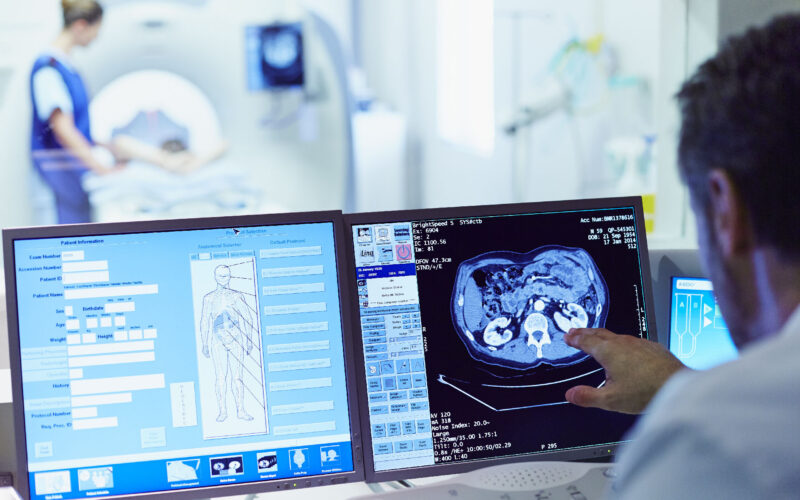Phagocytes in health and inflammation
Microplastics, Neutrophils, Phagocytes
Research aim
Understand human phagocyte dynamics and function from their birth to their death in health and inflammation. These insights can be used to predict the status of a disease and susceptibility to infectious and immune mediated diseases.
About us
Our lab investigates eosinophils, monocytes and neutrophils as first responders in (sterile) inflammation. These phagocytes can quickly recognize and signal danger as well as combat pathogens. Diseases the lab focuses on are physical trauma, cancer, COVID, asthma, COPD, cystic fibrosis and lung transplantation. A recent innovative research line studies the response of phagocytes to environmental microplastics. In order to understand how phagocyte dynamics change in disease it is pivotal to first understand their functions in homeostasis.
We use cutting edge techniques such as deuterated glucose labeling in humans to determine phagocyte production, migration and death in blood, bone marrow and peripheral tissues in both health and inflammation. We also visualize human phagocytes in 3D matrices and microfluidics as well as longitudinally in living mice using 2-photon microscopy.
Understanding the origin, dynamics and function of neutrophil, monocyte and eosinophil subtypes can potentially predict patients that will develop immune-mediated diseases. We can also use these fast responding cells to biomonitor the inflammatory status of the patient even at point-of-care. A fully automated flow cytometer called the AQUIOS enables the quick measurement of these cells without the requirement of trained personnel. These insights can predict the status of a disease, the susceptibility to infections and aid to personalize treatment.
This research group is part of The Center for Translational Immunology (CTI).


